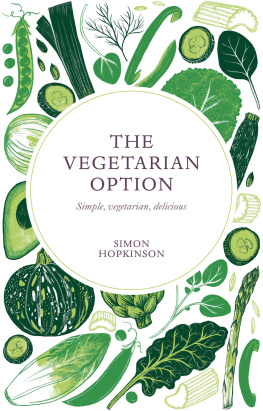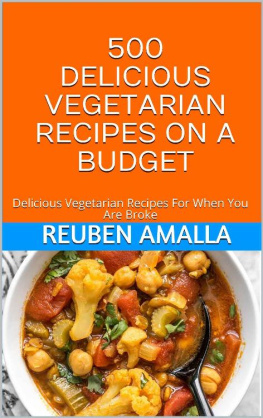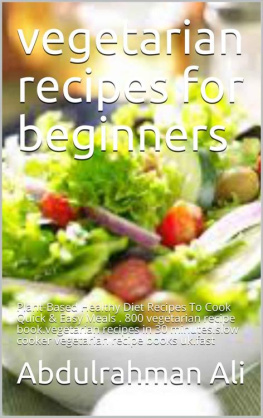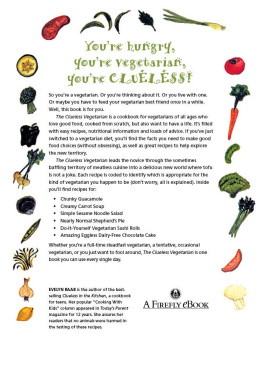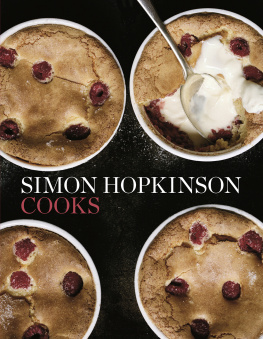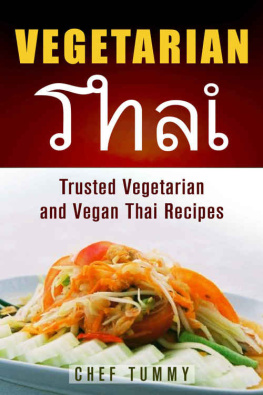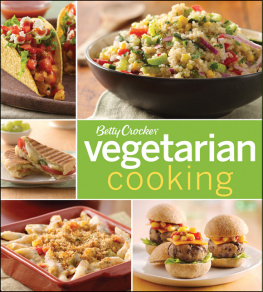Publishing Director Sarah Lavelle
Editor Susannah Otter
Design Manager Claire Rochford
Designer Katherine Keeble
Illustrator Alice Pattullo
Production Director Vincent Smith
Production Controller Tom Moore
This edition published in 2018 by Quadrille, an imprint of Hardie Grant Publishing
Quadrille
5254 Southwark Street
London SE1 1UN
quadrille.com
All rights reserved. No part of this publication may be reproduced, stored in a retrieval system or transmitted in any form by any means, electronic, mechanical, photocopying, recording or otherwise, without the prior written permission of the publishers and copyright holders. The moral rights of the author have been asserted.
Cataloguing in Publication Data: a catalogue record for this book is available from the British Library.
Text Simon Hopkins 2009
Illustrations Alice Pattullo 2018
Design Quadrille 2018
eISBN 978 1 78713 3105
CONTENTS

One evening in the late summer of 2007 and probably a Sunday, I found myself rummaging around in the salad drawer at the bottom of the fridge. Unusually for me, the interior was relatively bare, but all I wanted to eat, anyway, was a bowl of something quick to cook; not really substantial, though nourishing. Two items, slightly the worse for wear, caught my eye: a lone courgette not yet limp and a packet of ready-sliced runner beans, past their sell-by date by 3 days. There was also the remains of a bunch of parsley. So, I set to work.
I cut the courgette in half and then into long, thin strips (the most taxing chore of the entire assembly) to mimic the traditional cut of the beans. I briefly boiled both vegetables in salted water until tender, then drained and tossed them into a pan containing a little warming olive oil and sliced garlic. I added a healthy grinding of pepper, stirred everything about a bit and, finally, sprinkled over some of the parsley, finely chopped, and turned that through as well. Into a hot bowl it went and then out with a pair of chopsticks. I ate the dish in about 7 minutes flat, standing in the kitchen listening to The Archers.
I cannot begin to tell you how delicious this simple and thrifty affair was, although, I guess, it will not surprise you as there would have been little point in relating it. As I slipped the empty bowl licked clean actually, it was just me into a soapy sink, it occurred to me how the dish was all of itself. It did not need any accompaniment whatsoever, although I suppose a piece of good bread might have been better employed than my tongue, but, as I was attempting to not eat bread at the time, the bin was bare.
More importantly, however, was that I dont think I would have enjoyed it as much if there had been an accompaniment of a cut of meat, a slice of roast chicken, say, or even some lightly steamed fillets of sole. The dish was unique and perfect to that moment. Critically, it also allowed my thoughts to consider quite how easy and adaptable had been my little creation if you can call it that without the usual inclusion of my more usual, carnivorous desires.
I shall never be vegetarian. I cannot really see my culinary lifestyle drastically altering any time soon. I am absolutely not going to enter into the world of moral judgement here, I just love all foods. And together with the joy I am given by cooking them, the very idea of restriction of any kind would result in a life not worth living. Incidentally, my reference to loving all foods isnt quite true. I do, Im afraid, deeply loathe the Japanese fermented soy bean, known collectively as natto. I am not even sure whether the most staunch vegetarian, virgin to such stinking slime, would countenance these either. But that is about the only comestible I would refuse to put in my mouth. Ironically, it is vegetarian food possibly at its most pure and healthy. Just filthy to eat, thats all. And it is handy to have a dish so readily available when asked of one: Is there anything you cannot eat?
As with the delectable dish of courgettes and beans described above, my reasoning for this book is thus: dishes cooked without carnivorous and piscatorial leanings can be every bit as exciting as those with. This has nothing to do with a particular choice, which is why the title is qualified by one very important word: option. In the restaurant business, this is the description applied to a dish that will be suitable for vegetarian clients. In my experience, this can be a last-minute request from the Head Chef to one of his team to come up with something. And, more often than not, that is exactly how the dish can read on occasional menus: stir-fried broccoli, tofu and oyster mushrooms with hazelnut oil might be one example. It may be nice for some, but it isnt for me.
At Bibendum this was never the case. That which was offered, however, was a thought-out selection of varying, regularly updated, seasonal dishes available from a completely separate, unadvertised menu. For example, when English asparagus came into season, it would always be there. A salad of green beans might have been another. In high summer there would be baked peppers with tomatoes and olive oil: Piedmontese peppers a dish with which Bibendum has always been associated with the usual anchovy fillets eschewed for vegetarian guests. And there is a charming story to tell with reference to this.
There was once an American woman dining at the restaurant alone, a vegetarian, who demanded that all the dishes were explained to her in great detail (the la carte menu is large, to say the least). Finally, she decided upon the Piedmontese peppers, but without the anchovies, please. Graham Williams, then restaurant manager, complied with this easy request and dispatched the order to the chef in charge of first courses.
On this occasion, the kitchen failed to adhere to Grahams demands and sent out the dish complete with anchovy. The American woman, quite rightly, sent it back. We removed the anchovy and returned the peppers.
The lady tentatively asked And did you simply remove the anchovies? Grahams reply was truthful to a tee. Well, I dont think I can eat this, as it is now tainted. I think I will have the risotto with white truffles instead. Oh no, Graham expostulated, you cant possibly eat that. The truffles, at some point, would have been on the end of a pigs nose! Quite possibly one of the best restaurant tales I know.

Now is the moment to discuss a few necessary guidelines that are useful to know whilst using this book.
There are several preparations that appear in certain recipes, which are used within other dishes, too. For instance: a spiced .
As a general rule, use butter that is unsalted or, at least, slightly salted.
Salt is specified as either salt (table salt) or Maldon (sea salt).
Herbs are fresh unless otherwise stated.
Oven timings are for conventional ovens. If you are using a fan-assisted oven, reduce the temperature by 15C (1 Gas mark). Use an oven thermometer to check the temperature.
As you will discover, generally I prefer white peppercorns to black. This, however, is entirely a matter for you and they are not always readily available, either. Sometimes, there is also a sound reasoning as to using white: black specks in mayonnaise, however aromatic their flavour, will always look a bit grubby.

